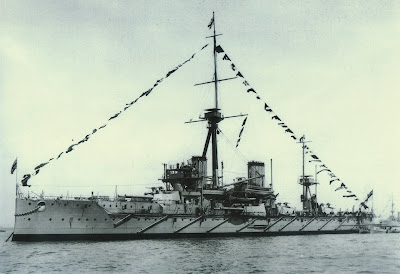Friday, December 26, 2008
norway F310 Fridtjof Nansen frigate ship









HNoMS (KNM) Fritjof Nansen
F310
Boknafjorden, Norway
Max speed: 28 knots+
Cruising Speed: 18 knots
Length Overall: 132.0 m
Maximum Beam: 16.80 m
Full Load Displacement Incl. Margins: 5121 tonnes
Complement: 120 (Accommodation Capacity 146)
Max Height Above Water Line: 31.0 m
Weapons: Main Gun: 76 mm OTO BREDA SR Small caliber Gun: 12,7 mm ASW weapons: Stingray Light weight torpedos, Depth Charges AAW weapon: Evolved Sea Sparrow Missile MK 41 VLS ASuW weapon: NSM Anti Ship Missile Soft kill weapons: Terma Decoy launcherIR decoy, radar and acoustic decoy
Soviet aircraft carrier Moskva class pics





The Moskva class helicopter carriers were the first operational Soviet Navy aircraft carriers. The Soviet designation was Project 1123 Kondor.
These ships were laid down at Nikolayev South (Shipyard No.444). The lead vessel was launched in 1965 and named Moskva; she entered commission two years later. Moskva was followed by Leningrad, which was commissioned in late 1968; there were no further vessels built, reportedly due to the poor handling of the ships in rough seas. Both were conventionally-powered.
The Moskvas were not true "aircraft carriers" in that they did not carry any fixed-wing aircraft; the air wing was composed entirely of helicopters. They were designed primarily as anti-submarine warfare (ASW) vessels, and her weapons and sensor suite was optimized against the nuclear submarine threat. Shipboard ASW armament included a twin SUW-N-1 launcher capable of delivering a FRAS-1 projectile carrying a 450 mm torpedo (or a 5 kiloton nuclear warhead); a pair of RBU-6000 ASW mortars; and a set of torpedo tubes. For self-defense, the Moskvas had two twin SA-N-3 SAM launchers with reloads for a total of 48 surface-to-air missiles, along with two twin 57 mm/80 guns. A "Mare Tail" variable depth sonar worked in conjunction with heliborne sensors to hunt submarines.
Their strategic role was to defend the Soviet ballistic missile submarine bastions against incursions by Western attack submarines, forming the flagships of an ASW task force.
[edit] Vessels
Labels: russian navy
Soviet navy Kotlin class destroyer pictures

Labels: russian navy
Danish Navy Thetis-class warship pics




The Thetis class ocean patrol vessel, also called Stanflex 3000, is a class of large patrol vessels built for the Royal Danish Navy. The class comprises four ships
Specifications
Length: 112.50 m
Beam: 14.40 m
Draft: 6.00 m
Tonnage: 3,500
Speed: 21.8 knots
Propulsion:
Main engines: 3 x MAN B&W Diesel 12v28/32A-D à 2940 kW (3990 hk)
1 shared Renck Tacke reduction gear for propeller and shaft generator (PTO to shaft generator = 1800 kW)
1 electrical Brunvoll azimuth thruster (800 kW)
1 electrical Brunvoll bow thruster (600 kW)
Auxiliary engines:
Diesel generator sets: 3 x Detroit Diesel GM 16V 7163-7305 à 460
Emergency generator set: 1 x Detroit Diesel 6L-71N 1063-7005 à 120 Kw
Electronics:
1 Terma Scanter Mil 009 navigational radar
1 Furuno FR-1505 DA surface search radar
1 Plessey AWS-6 air search radar
1 SaabTech Vectronics 9LV 200 Mk 3 fire control system
1 SaabTech CTS-36 hull-mounted sonar
Thales TMS 2640 Salmon variable depth sonar
FLIR Systems AN/AAQ-22 SAFIRE thermal imager
Countermeasures:
1 Thales Defense Ltd Cutlass radar warning receiver
1 Thales Defense Scorpion radar jammer
2 Sea Gnat launchers (for chaff and flares)
Communication: Link 11 and Danish national link DanLink
Armament:
1 76-mm 62-cal. OTO Melara Super Rapid DP
4-7 12.7 mm heavy machine guns
2-7 7.62 mm light machine guns
1 depth charge rack
Air complement:
1 Lynx helicopter (capable of being stored in hangar)
1 heavy-duty helicopter can be stored on helicopter pad
Capacity
Fuel-oil: 510 m3
Water: 110 m3 (and 2 RO-units able ro produce 24 m3/day)
Heli-fuel: 44 m3
Endurance
8.300 nautical miles
60 days
110 flight hours (supporting)

















































